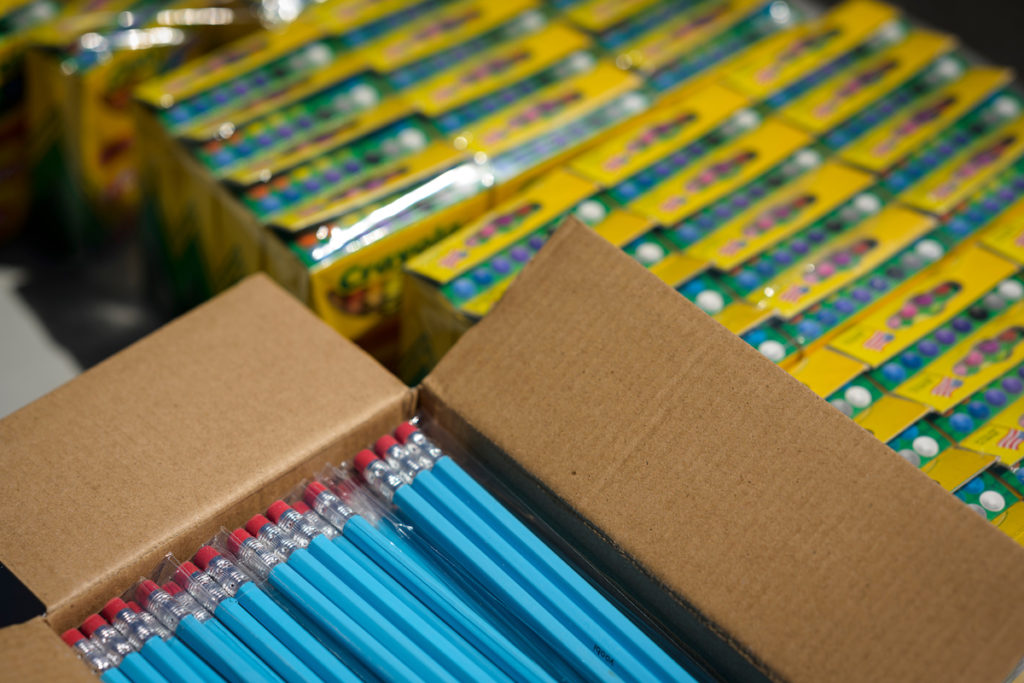
School nurse Nancy Ashbaugh says from the minute she gets to school to the minute she leaves, she’s ambushed by COVID calls, sick kids and paperwork.
“The reason we’re in school is to help all kids attend school, stay in class and be healthy,” Ashbaugh says. “That’s kind of secondary now, because we’re just dealing with the quicksand of COVID all the time.”
With most students back in the classroom and the Delta variant looming large, school nurses have witnessed their workload balloon this year. The situation can be especially burdensome for nurses who cover multiple schools. When many nurses find themselves stretched thin, their duties often spill over to school staff.
In Nashville, 38 schools were sharing nurses as of last week, though school officials expect that number to change with several nurses on-boarding this week.
Many of the schools without a full-time nurse are located in the Maplewood, McGavock and Stratford clusters. Officials say multiple factors are considered when making nurse placements, including school size and the number of required skilled nursing services needed at each school.
The number of school nurse vacancies in Nashville is considerably smaller than in previous years. The district says they are actively working to hire a full-time nurse in every traditional school, along with an additional nurse in four of the largest high schools and a float team of 10 nurses.
To alleviate some of the COVID-related workload, the Metro Public Health Department’s school health program has a team of support personnel assisting with contact tracing.
Nurses scrambling to do it all
Ashbaugh is a school nurse at William Henry Oliver Middle School. Recently, she’s also been working at a nearby elementary school because that nurse resigned.
The workload was tough when she handled one school. Ashbaugh often finished her work at home before bed. Now she’s dealing with COVID at two schools. She says it’s her main nursing duties that are jeopardized.
For example, Ashbaugh usually starts the school year studying up on her students’ health histories and making emergency care plans. That work is important especially for kids who have serious conditions like life-threatening allergies, asthma or seizures. So far, she’s only had time to skim through student files and flag those who are at higher risk of experiencing a medical emergency.
“There just isn’t time,” she says. “I’ve barely sorted out those papers.”
Though Ashbaugh still has time to perform her nursing services, like administering insulin to her diabetic students, she adds that she only has the bandwidth to give the bare minimum of her attention.
“The pile never seems to go down,” Ashbaugh says, referring to COVID-related work. “And you go back do the exact same thing tomorrow on another pile … and you really don’t feel like you gave the kids your attention that day.”
A domino-effect in schools
At J.E. Moss Elementary in Antioch, it’s not unusual for principal Carl Febles and his administrators to take on nursing duties. J.E. Moss has been sharing a nurse with another school for many years, so the staff are used to diagnosing symptoms, administering medicine and watching over sick kids.
“That’s not something overly new for us,” Febles says. “It’s the added burden of the pandemic protocols to that nursing position that makes it difficult.”
This year, Febles says he and his staff have also been shouldering COVID responsibilities, like diagnosing symptoms and performing contact tracing. They too are feeling strained by the workload.
Febles says his administrators have juggled virtual meetings while supervising a student in the isolation room.
Most times, work gets pushed to the side and its COVID-related tasks that take priority. Febles says his school is struggling to keep up with submitting attendance and reaching out to parents whose kids have been absent for several days. The principal has had to miss classroom observations, which helps teachers receive feedback.
“When you have staff members covering multiple different areas that are not necessarily in their area of jurisdiction, students don’t get the full benefit of everything that a fully staffed school can offer,” Febles says.

